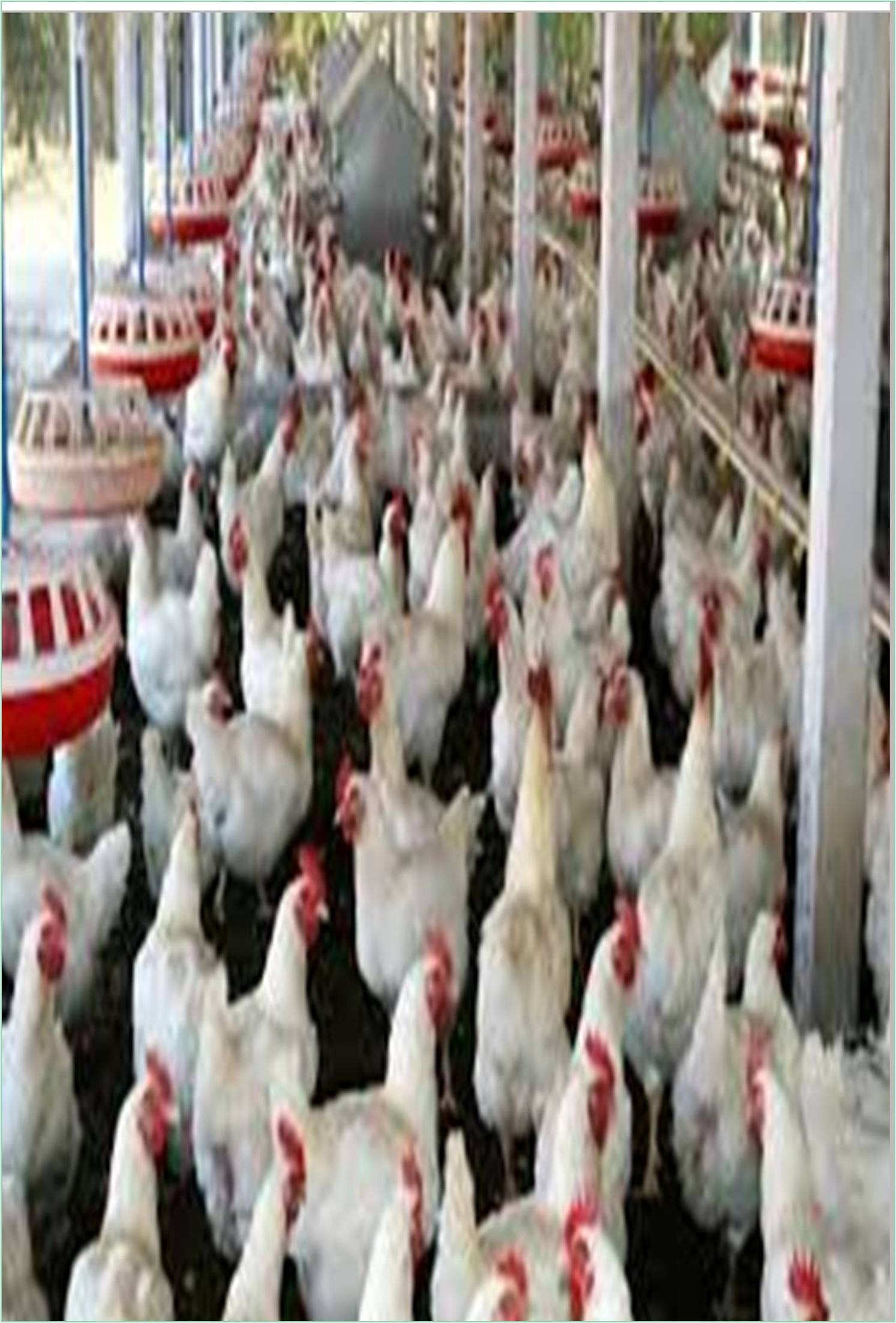



Received: 01-Dec-2022, Manuscript No. GJPFV-22-82980; Editor assigned: 05-Dec-2022, Pre QC No. GJPFV-22-82980 (PQ); Reviewed: 26-Dec-2022, QC No. GJPFV-22-82980; Revised: 02-Jan-2023, Manuscript No. GJPFV-22-82980 (R); Published: 09-Jan-2023, DOI: 10.15651/2449-1772.23.10.063
In addition to serving as growth promoters and prophylactic medicines against forming infections, antibiotics are widely employed in veterinary medicine for therapeutic and animal husbandry production objectives. It is significant that veterinary antibiotics be overused and misused since this leads to a rise in the emergence and spread of Antibiotic-Resistant Bacteria (ARB), which can cause infections in both humans and animals. The use of antibiotics in animal husbandry varies by location and nation. Unsurprisingly, there are significantly more antibiotics sold in low- and middle-income countries than in high-income ones. Since Southeast Asia (SEA) is a region of rapidly rising and interconnected economies, it is regarded as an Antibiotic Resistance Region. (AMR). The aquaculture and poultry production sectors in SEA nations (Vietnam, Thailand, and Indonesia) have seen tremendous growth in recent decades, accounting for 48% of the global market for veterinary antibiotics. Antibiotic therapy and prevention has emerged as one of these nation’s best strategies for avoiding unchecked epidemic infections that could threaten the economy. Antibiotic residual levels in the environment may increase as a result of the indiscriminate and abusive use of antibiotics. Antibiotic resistance is a negative side effect of environmental pollution. Very high concentrations of tetracycline were found in soil and manure samples taken from significant commercial Chinese swine farms.
Animal husbandry is without a doubt a crucial aspect in comprehending how ARB affects people, animals, and the environment. In conclusion, ARB spread between people and animals via environmental factors.
Environmental bacteria can spread AMR to bacteria that colonize people and animals. In this study, Multiple Antibiotic Resistance (MAR) among environmental bacteria in poultry farms will be evaluated. Additionally, the risk contamination category of chicken will be determined by computing the Multiple Antibiotic Resistance Index (MARI). The findings offer preliminary information on how ARB is distributed in the environment surrounding poultry, which is one of its probable origins. In 9 districts of the state of Selangor, a cross-sectional survey was carried out from January 2018 to October 2019. The state Department of Veterinary Services registered the chicken farms where this study was carried out. 33 farms were randomly chosen from a total of 213 registered farms based on the sample size calculation. The farms were divided into two groups according to how they breed chickens: broiler farms and free-range farms. Following approval from the state Department of Veterinary Services and the farm owners, all sampling was carried out. For this study, skilled employees took samples of the soil and effluent. The coop and areas where the chickens congregated were two of the three places on each farm where soil samples were taken. Prior to collecting soil samples, a metal spade was washed, sanitized with 75% alcohol, and flamed. All three locations' soil samples were combined in sterile Zip lock plastic bags. A sample of effluent water was also taken from the drainage or water-pooled area, if any was available. Scoop used to collect wastewater samples was disinfected in the same manner as the spade and put in a sterile Zip lock bag. All of the samples were returned to the lab at 4°C in an ice box.